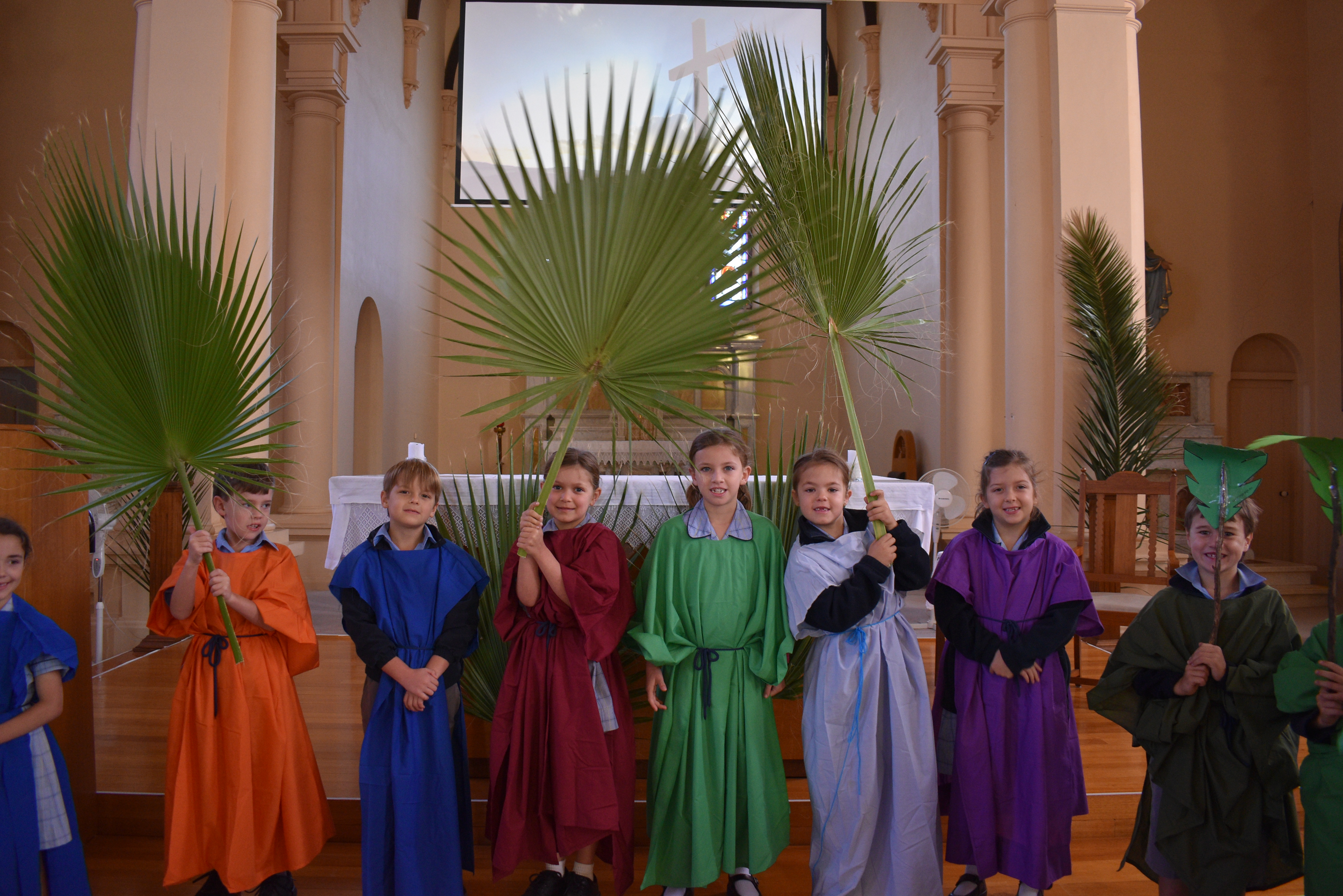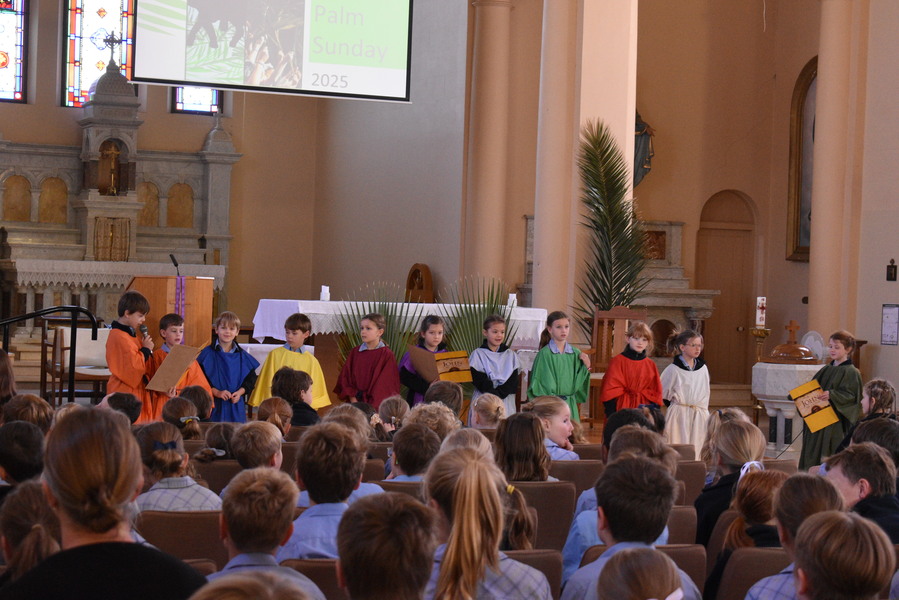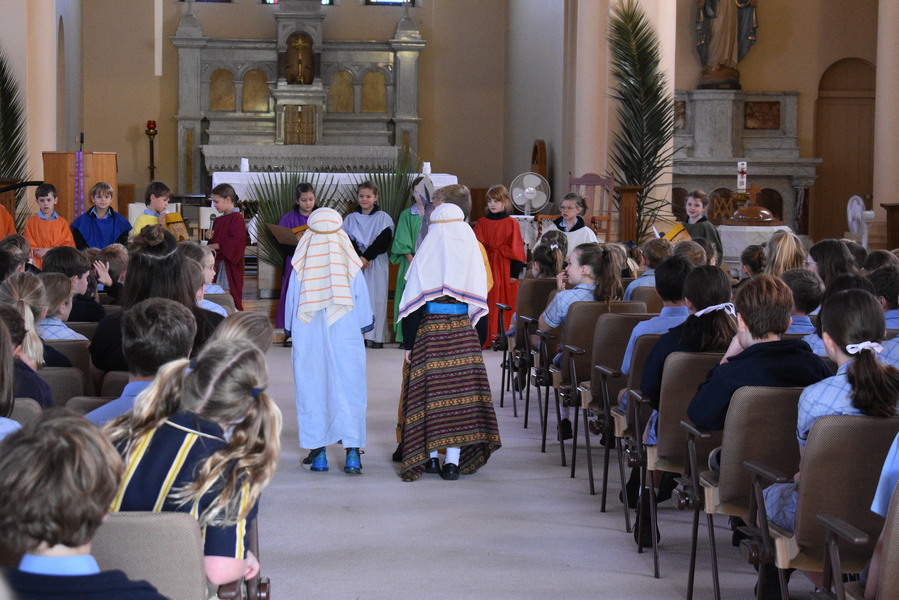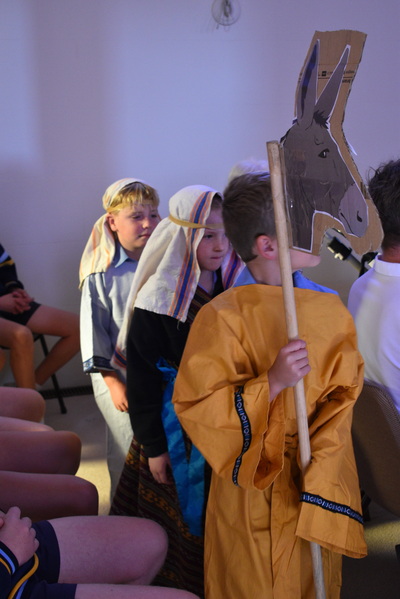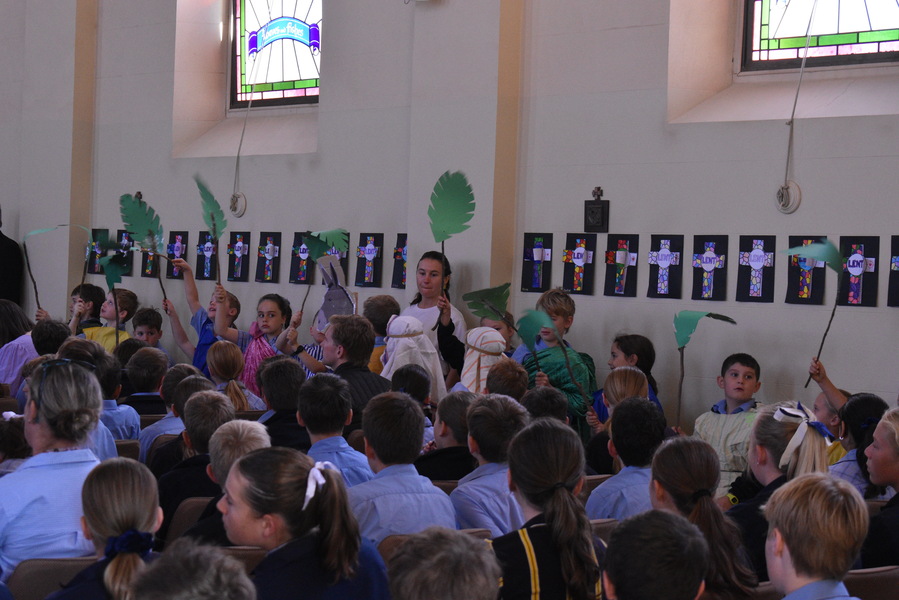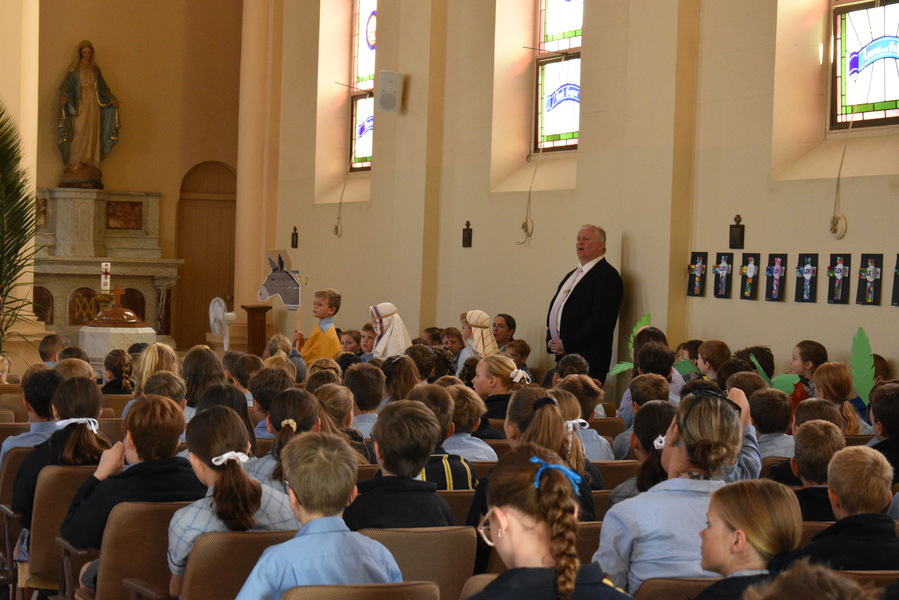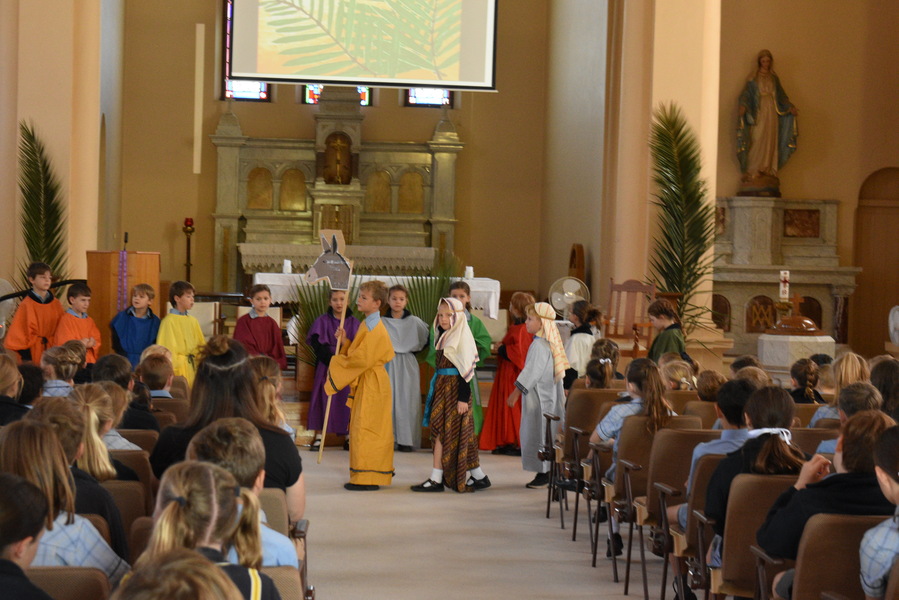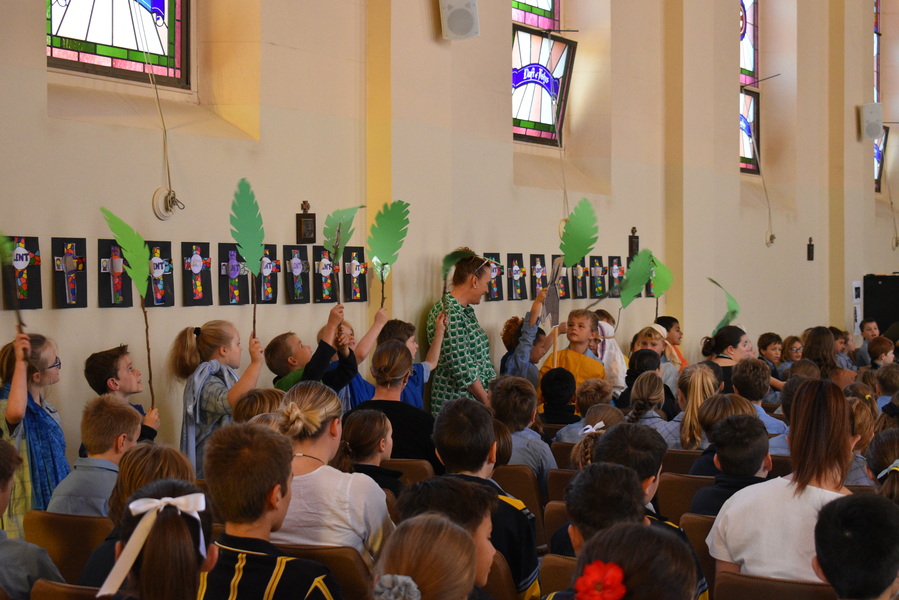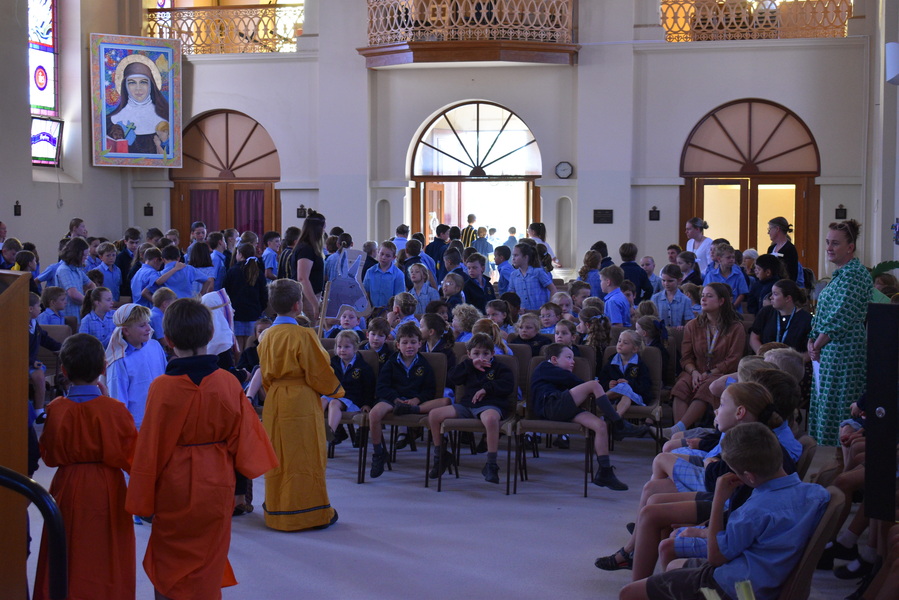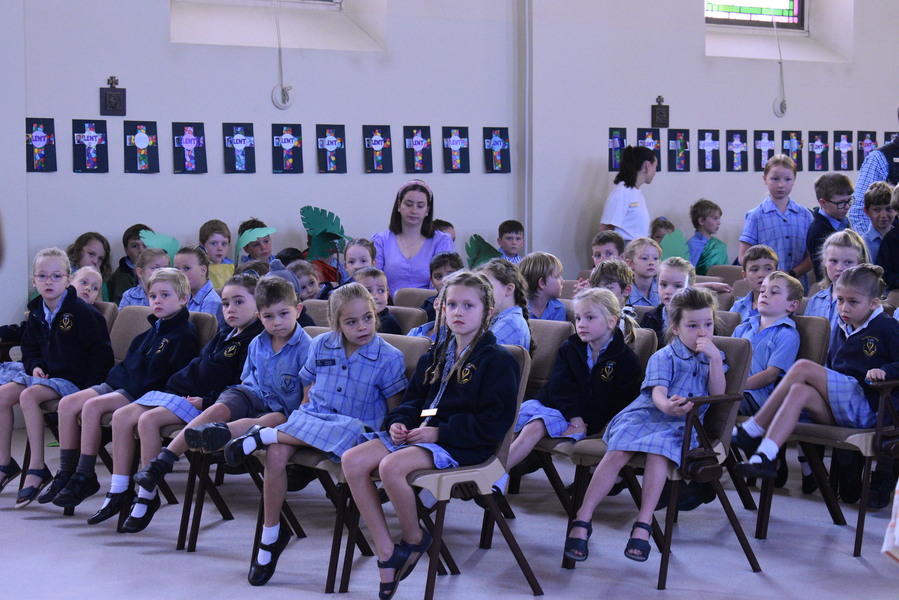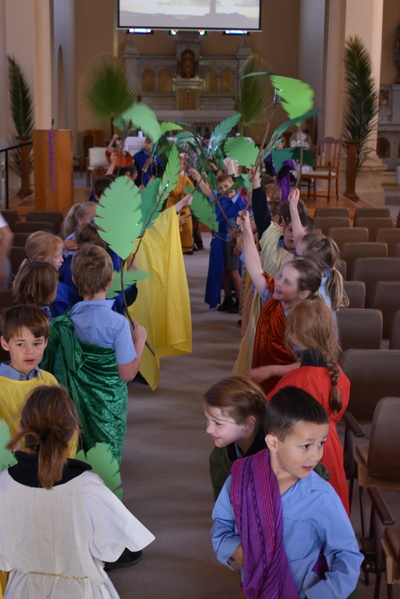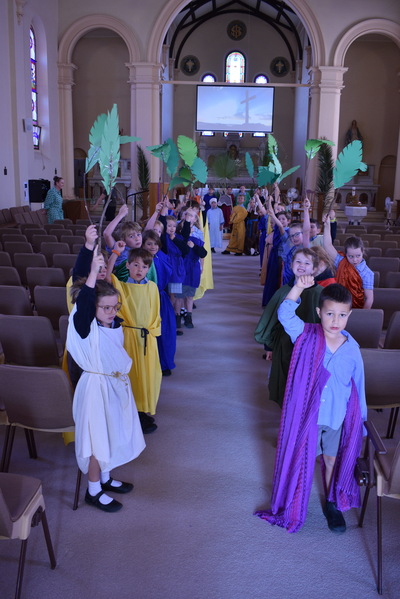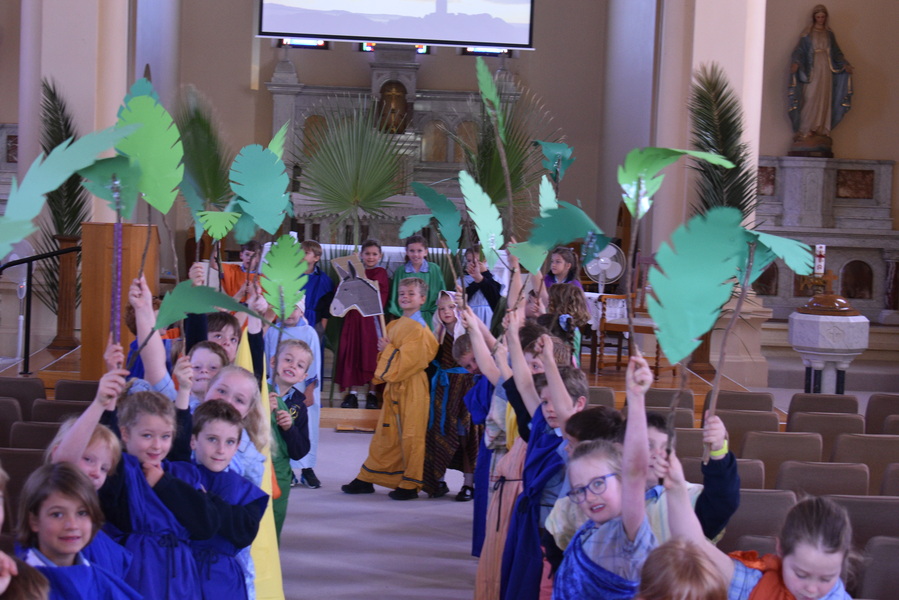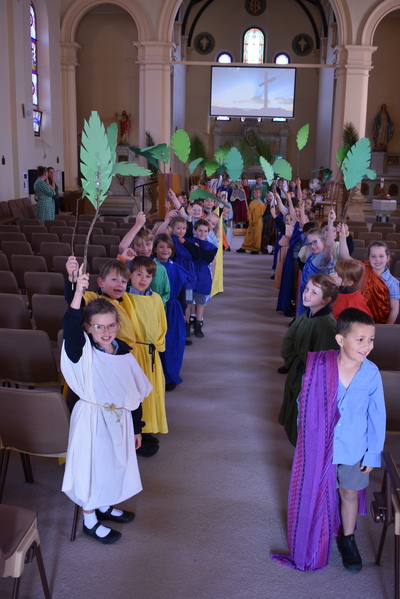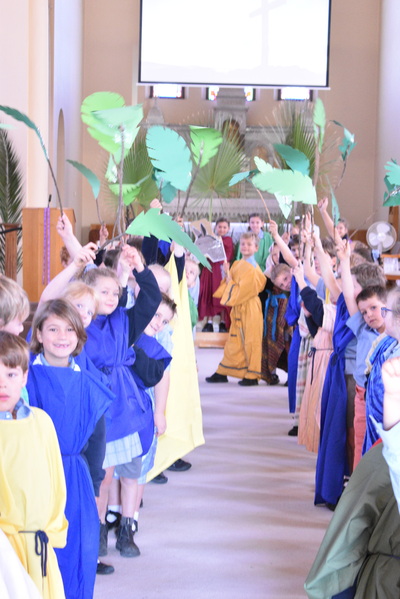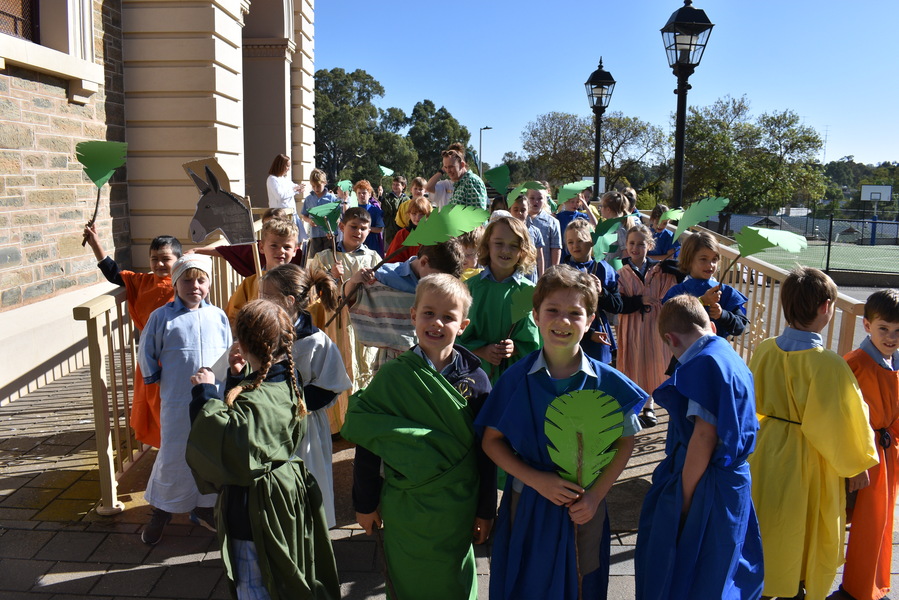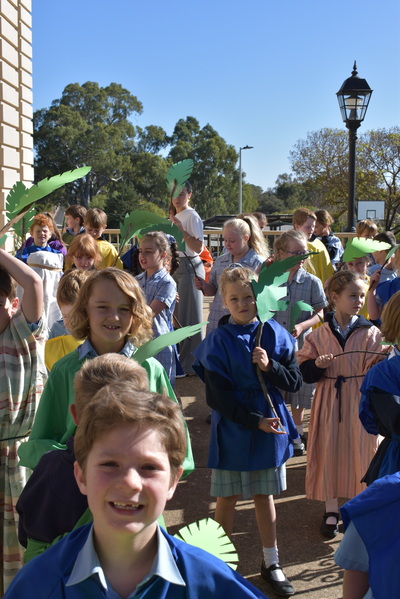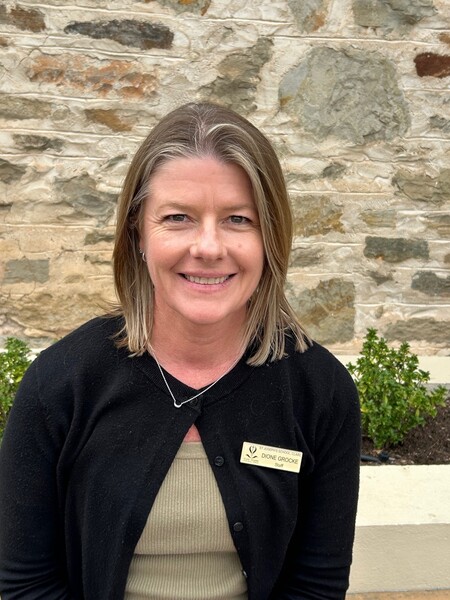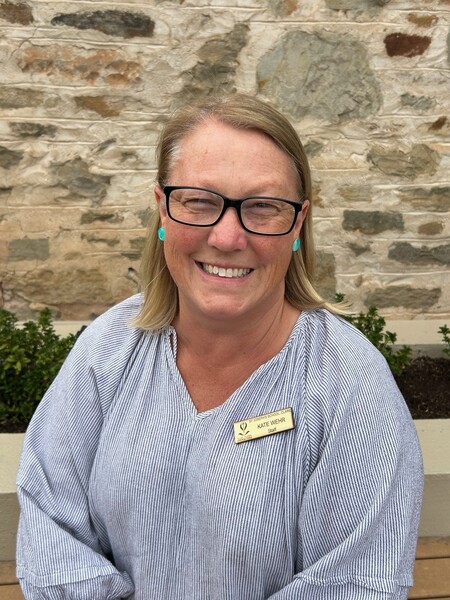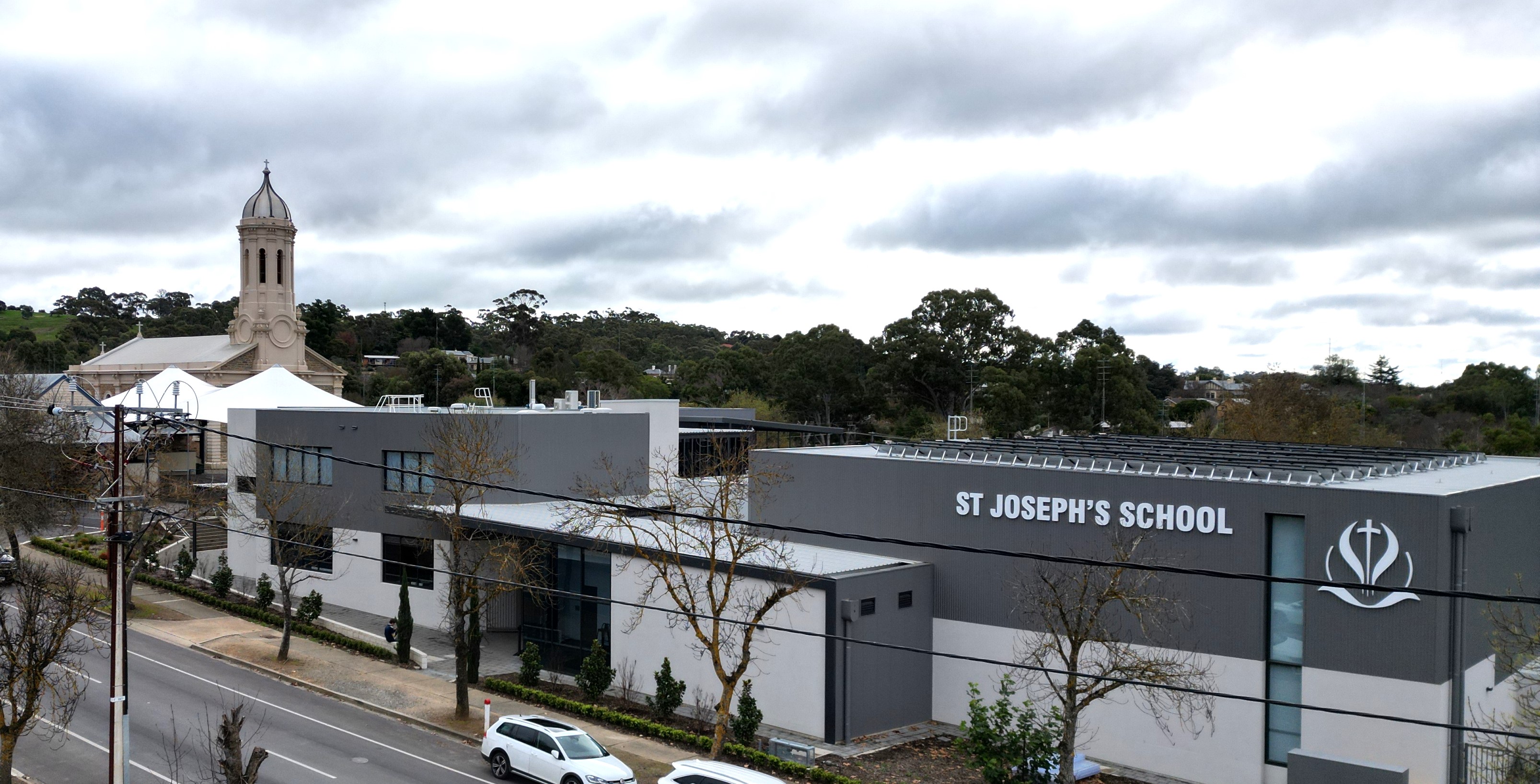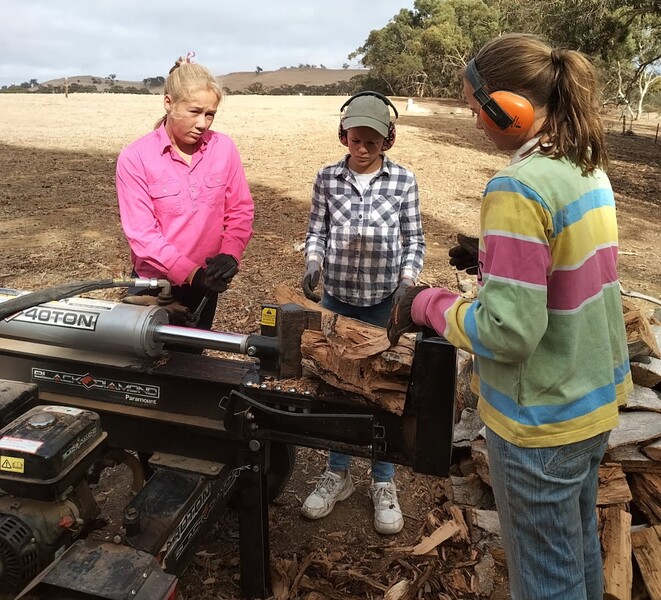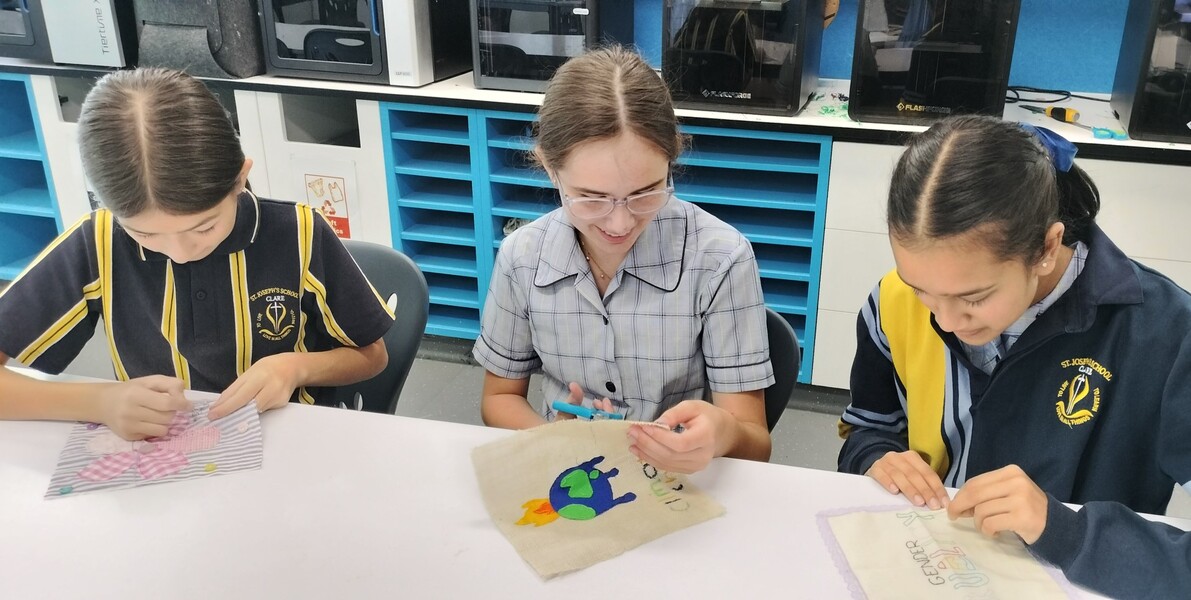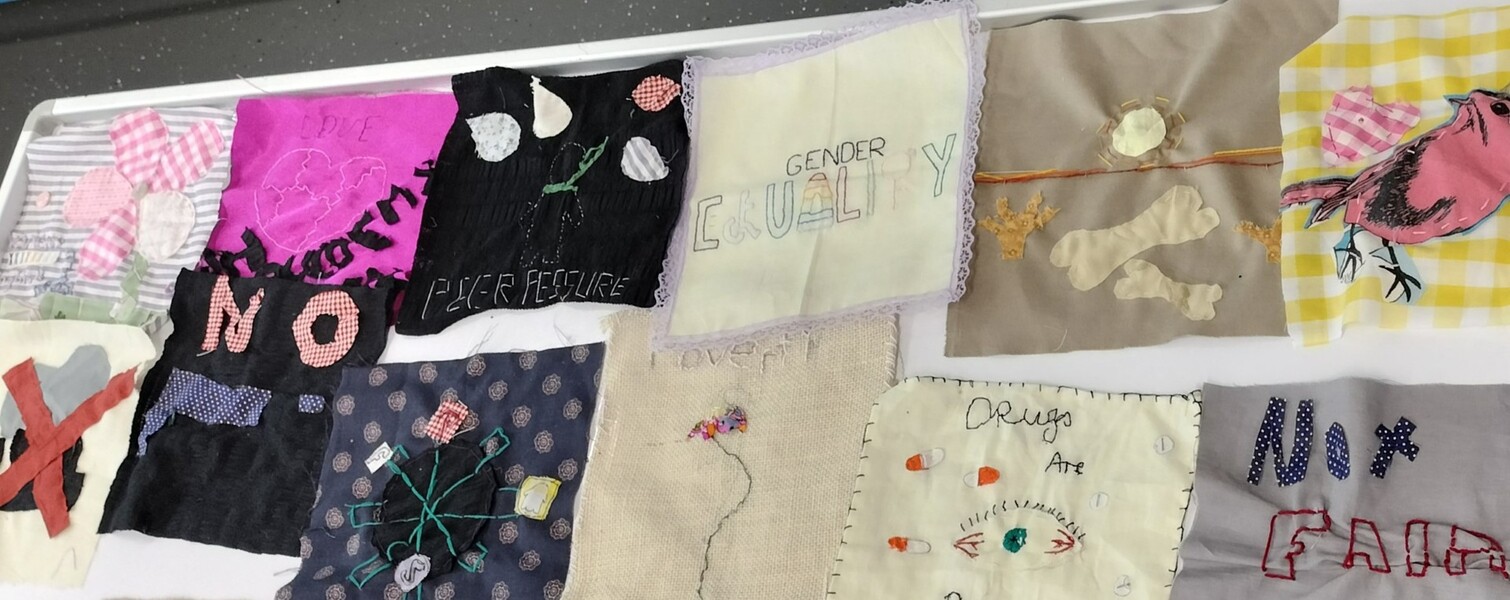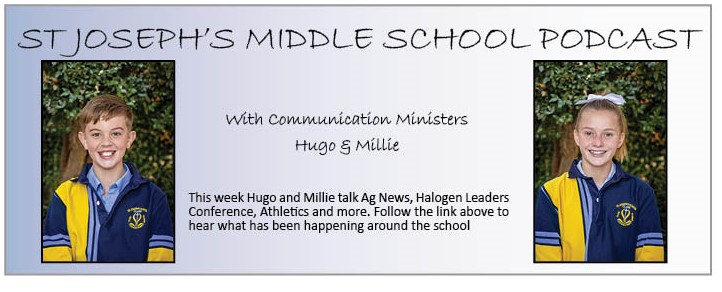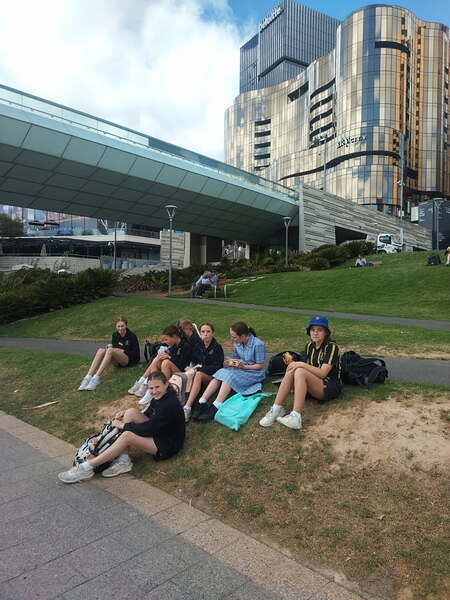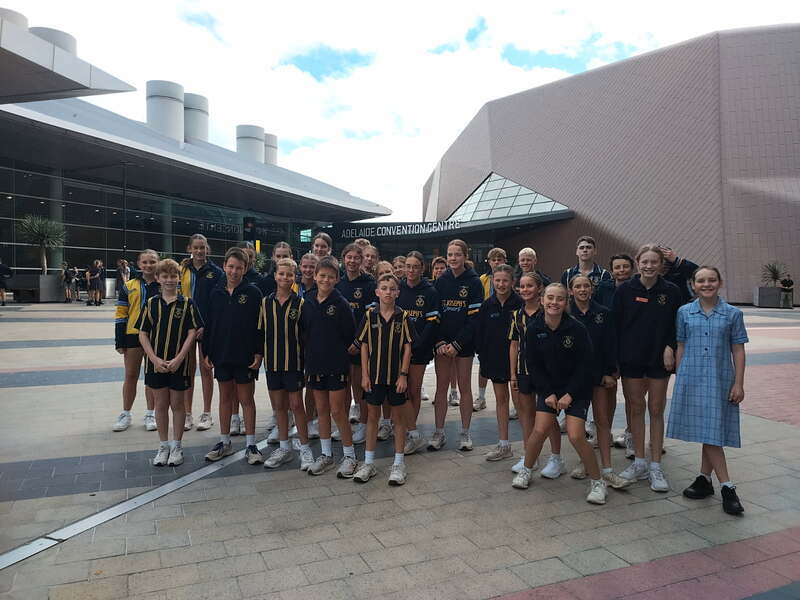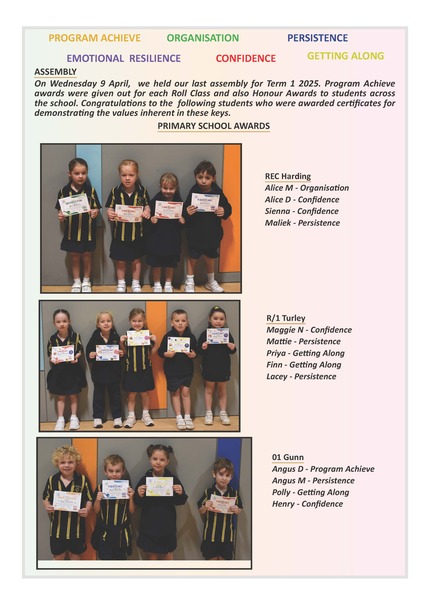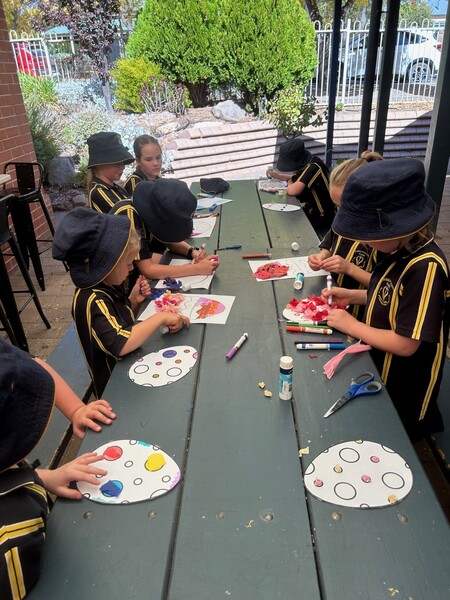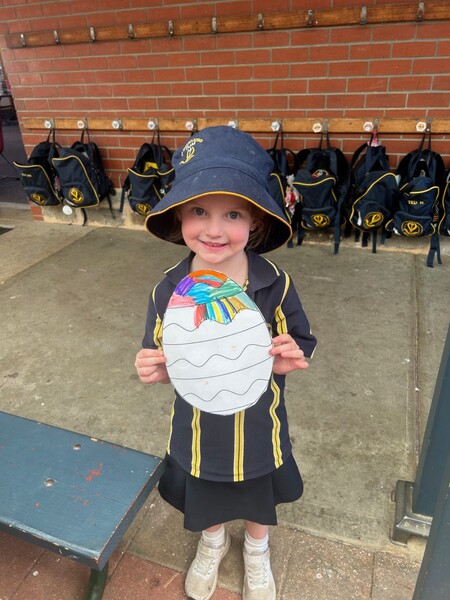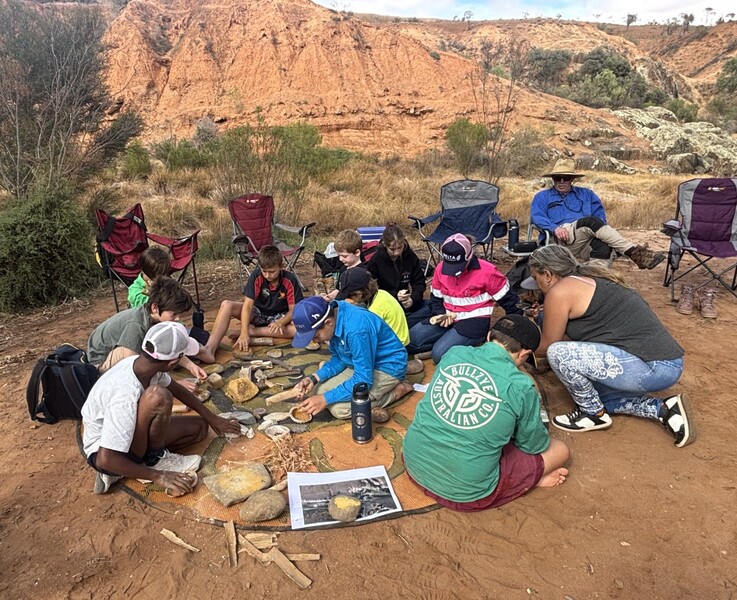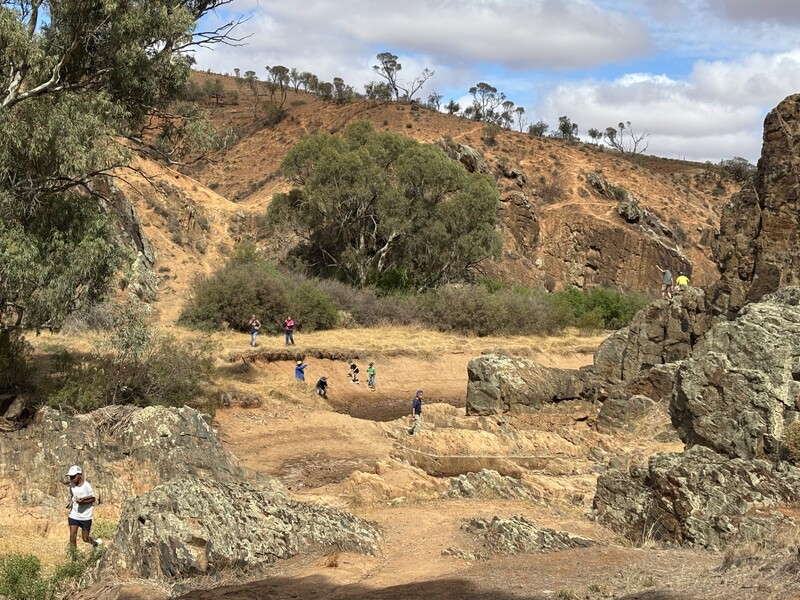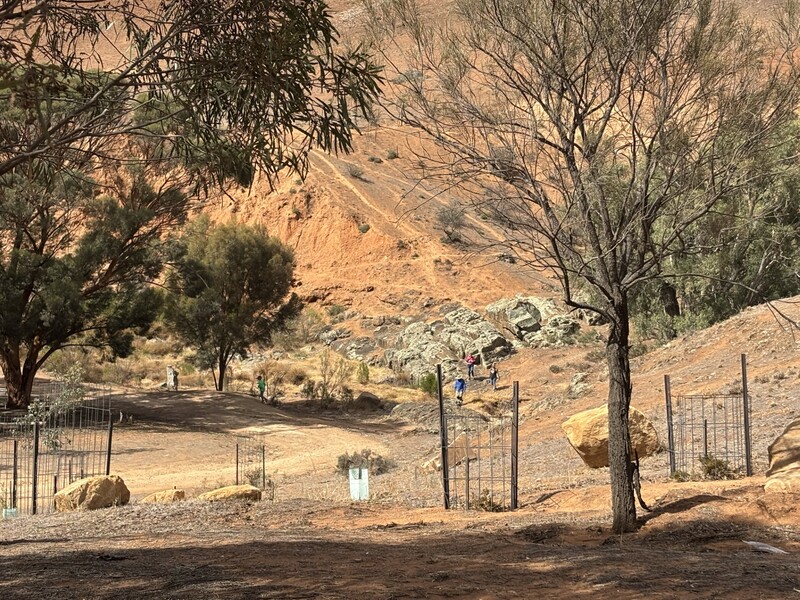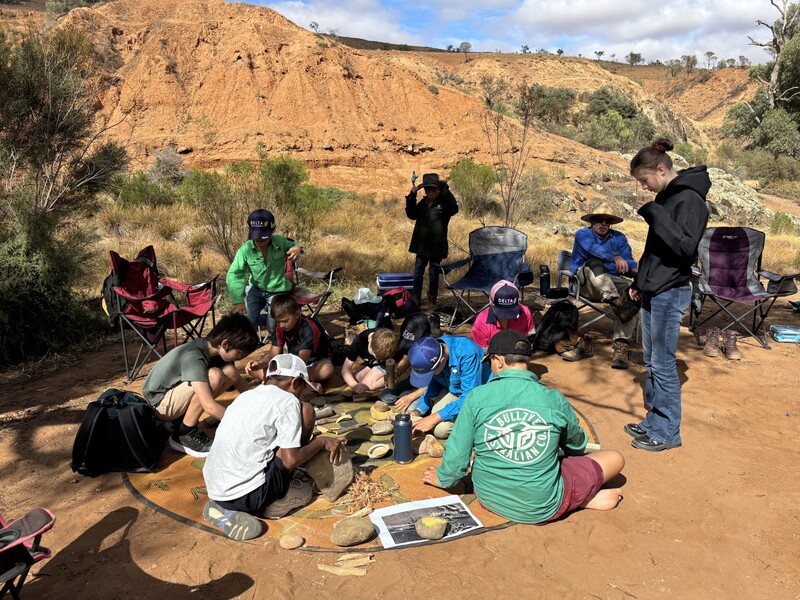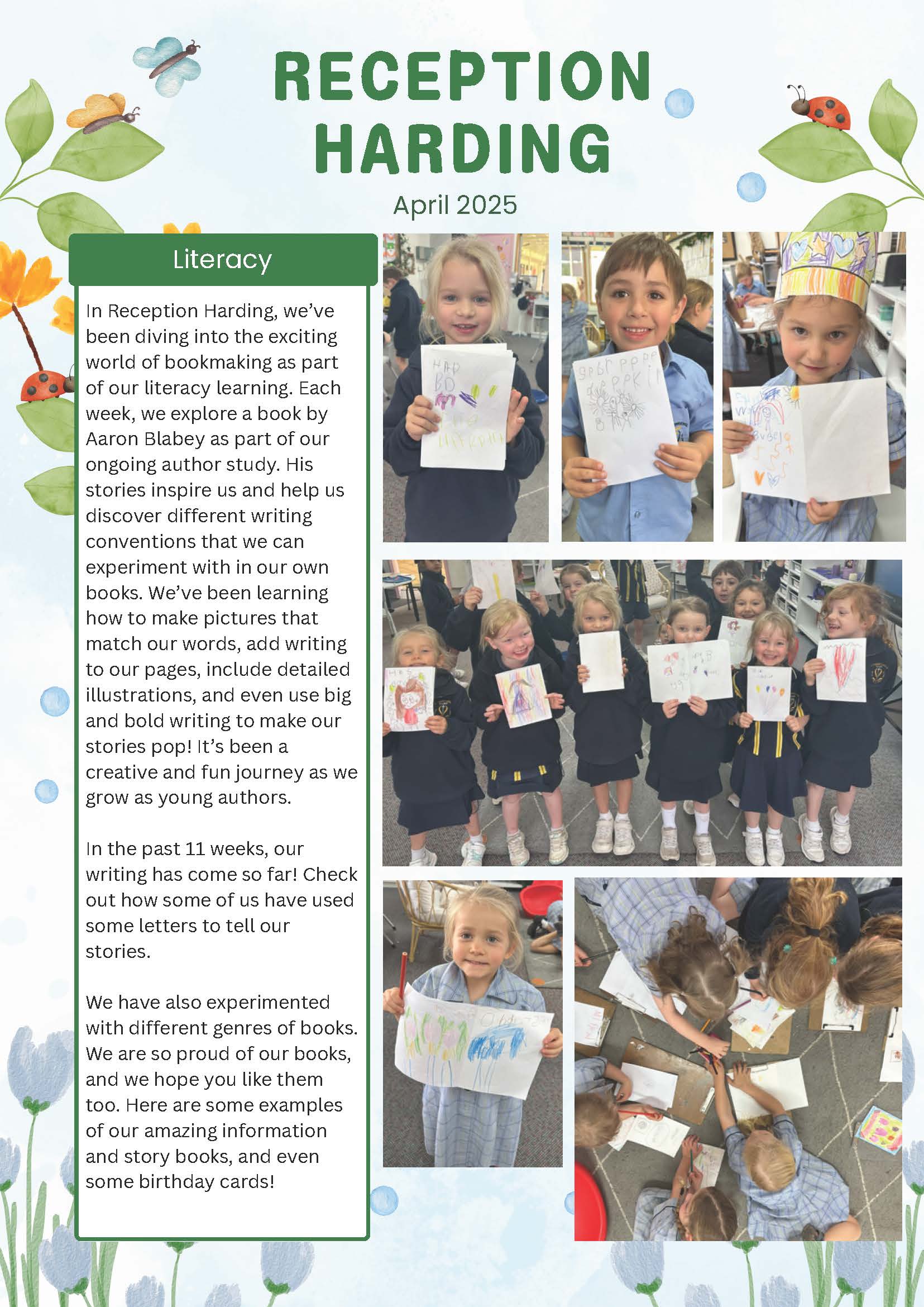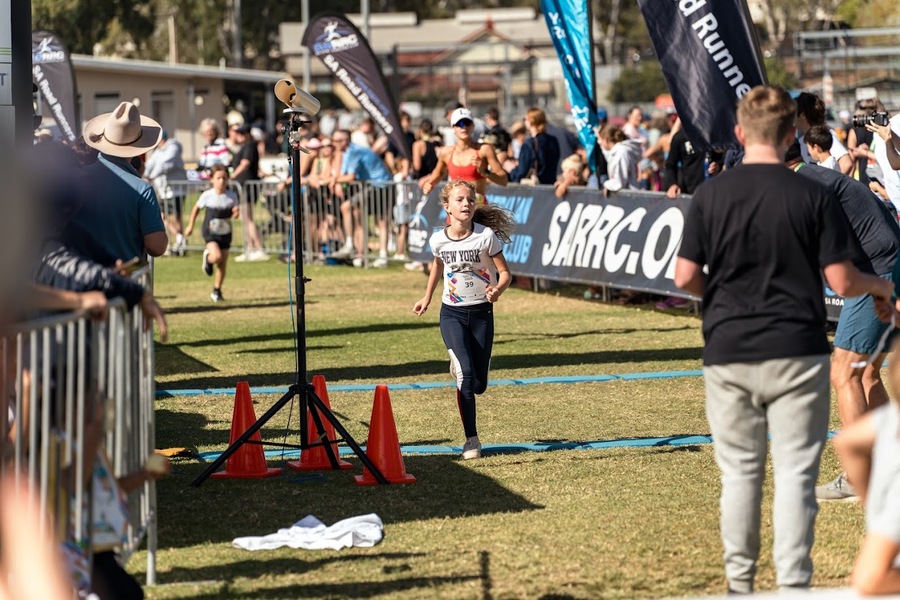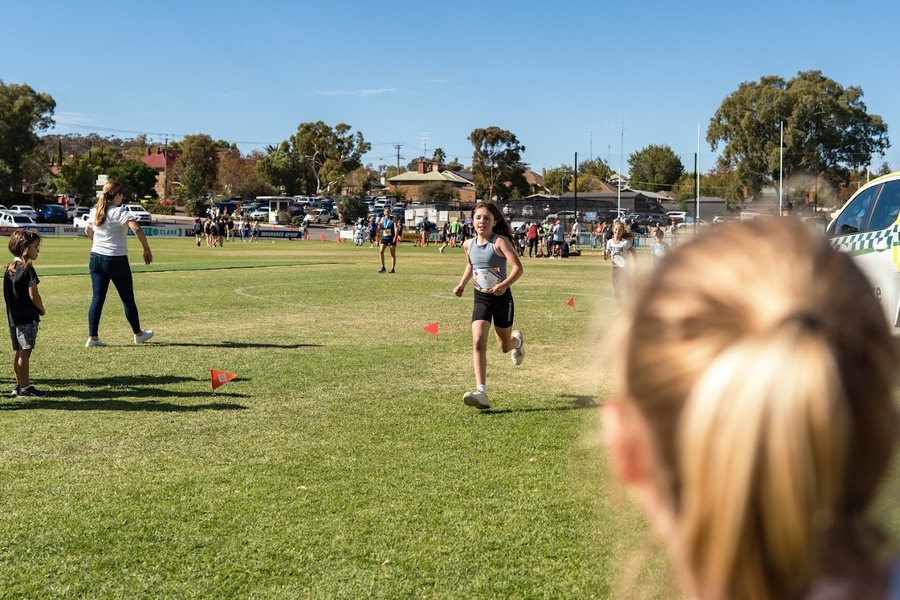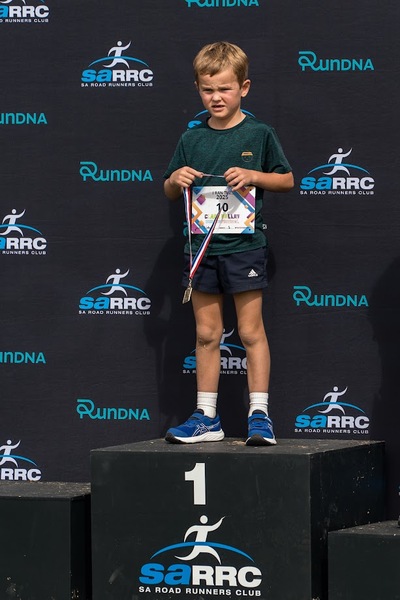The Easter Triduum holds a special place in the Catholic Churches’ liturgical year because it marks the culmination of the yearly celebration in proclaiming the Passion and Resurrection of Jesus Christ. The Latin word triduum refers to a period of three days and has long been used to describe various three-day observances.
The Easter Triduum begins with the evening Mass of the Lord's Supper on Holy Thursday and "reaches its high point in the Easter Vigil, closing with evening prayer on Easter Sunday".
Holy Thursday, The Lord's Supper
The Triduum begins with the evening Mass of the Lord's Supper on Holy Thursday to remember the Last Supper when Jesus gathered with the disciples to celebrate Passover. The traditional English name for this day, "Maundy Thursday", comes from the Latin phrase Mandatum novum — "a new command" (or mandate) — which comes from Christ's words: "A new commandment I give to you, that you love one another; even as I have loved you, that you also love one another" (Jn 13:34).
There are 2 key rituals that stand out at this service.
- The Washing of the Feet
Jesus took a basin and washed the feet of the disciples, something that only a servant would normally do. He commanded his disciples to serve others as he had “I have given you a model to follow, so that as I have done for you, you should also do” (John 13:15).
- Celebration of the Eucharist and the Eucharistic Procession
At the very first Last Supper, Jesus instituted the Eucharist for the Church. We are reminded that, through the sacrament of the Eucharist, we are, and we become even more the Body of Christ together.
There is no concluding prayer at this Mass. Once the celebration of the Eucharist is completed, there is a Eucharistic Procession (where the Eucharist that is left from Communion is processed to a Chapel of Reservation). This reminds us of Jesus’ time in the garden of Gethsemane when he prayed through the night. The community is invited to join the procession and then join in the silent prayer and adoration until night prayer is prayed and the Eucharist is put in the Tabernacle. The congregation leaves in silence and returns in prayer the next day for the Good Friday celebration.
Good Friday | Veneration of the Cross
The liturgy of the Lord's Passion consists of three parts: the liturgy of the Word, the veneration of the Cross, and the reception of Communion. The ceremony on Good Friday is not a Mass—it is a communion service using the consecrated hosts from Holy Thursday. Good Friday is the only day of the year where no Masses are offered. The ceremony generally takes place at 3 p.m., the hour that Jesus breathed his last on the cross.
The altar looks very different on Good Friday: it is plain and bare. There is no consecrated Host in the tabernacle at the main altar; it was carried away on Holy Thursday night to the "altar of repose" to signify Jesus' death. The candle or light by the tabernacle is out, and the tabernacle doors are left open to show that it is empty. Jesus is gone. This is quite dramatic, reminding us that Good Friday is a solemn day of mourning and prayer. This day commemorates the Passion, Cross, and death of Jesus Christ, and is therefore a day of fasting.
The cross is venerated (shown reverence, by touching, ) after intercessory prayers. The cross is covered in a veil and brought out in procession. The priest takes the cross, the upper part of the cross is uncovered, then the right arm of the cross, and then the entire cross. As each part is unveiled, the priest sings, "This is the wood of the cross." The rest of the congregation are then invited to approach and venerate the cross by touching or kissing it. In this way each person demonstrates their willingness to take up their cross and follow Christ.
Holy Saturday and Easter Vigil
The Easter is the high point of the Easter Triduum and is filled with an abundance of readings, symbols, ceremony, and sacraments.
The Easter Vigil, the Church states, ranks "the mother of all vigils". Being a vigil — a time of anticipation and preparation — it takes place at night, starting after nightfall and finishing before daybreak on Easter, thus beginning and ending in darkness. It consists of four general parts: the Service of Light, the Liturgy of the Word, Christian Initiation, and Liturgy of the Eucharist.
The Service of Light begins outdoors (or in a space outside of the main sanctuary) and in darkness. A fire is lit and blessed, and then the Paschal candle, which symbolises the light of Christ, is lit from the fire by the priest, who proclaims: "May the light of Christ, rising in glory, dispel the darkness of our hearts and minds." The Paschal candle will be placed in the sanctuary for the Easter season, then moved to the baptismal area so that during the sacrament of baptism, the candles of the baptised can be lit from it.
The Liturgy of the Word follows, consisting of seven readings from the Old Testament and two from the New Testament. These readings include the story of creation (Genesis 1 and 2), Abraham and Isaac (Genesis 22), the story of Moses and the Exodus, through to the Gospel of Luke about the empty tomb discovered on Easter morning (Luke 24:1-21). Not all churches necessarily do all the readings, but the purpose is to recall how God has supported humanity from the beginning and that God is present in our lives still today.
The Easter Vigil has been the time for adult converts to be baptised and enter the Church. After the conclusion of the Liturgy of the Word, catechumens (those who have never been baptised) and candidates (those who have been baptised in a non-Catholic Christian denomination) are initiated into the Church by (respectively) baptism and confirmation. The faithful are sprinkled with holy water and renew their baptismal vows and all adult candidates are confirmed.
Easter Sunday
Easter is the celebration of Christ's resurrection from the dead. It is celebrated on Sunday, and marks the end of Holy Week, and is the beginning of the Easter season in the liturgical year.
As we know from the Gospels, Jesus Christ rose from the dead on the third day following his crucifixion. His resurrection marks the triumph of good over evil, sin and death. It is the singular event which proves that those who trust in God and accept Christ will be raised from the dead.
Since Easter represents the fulfillment of God's promises to humankind, it is the most important holiday on the Christian calendar.
In the Gospels, the exact details of the Easter narrative vary slightly, but none of these are critical to the main story as the key aspects of the Easter story all match. They all agree that the tomb of Christ was empty, which is the most essential fact.
The Easter date is movable and always falls on a Sunday between March 22 and April 25. Easter in the Roman Catholic Church is always on the first Sunday after the first full moon after the spring equinox.
Following Easter Sunday, the season of Easter begins and ends 50 days later with Pentecost, the birth of the Christian Church.
May you experience the joy of new life in your own way this Easter Season as we contemplate how we can carry on the resurrection to others.


